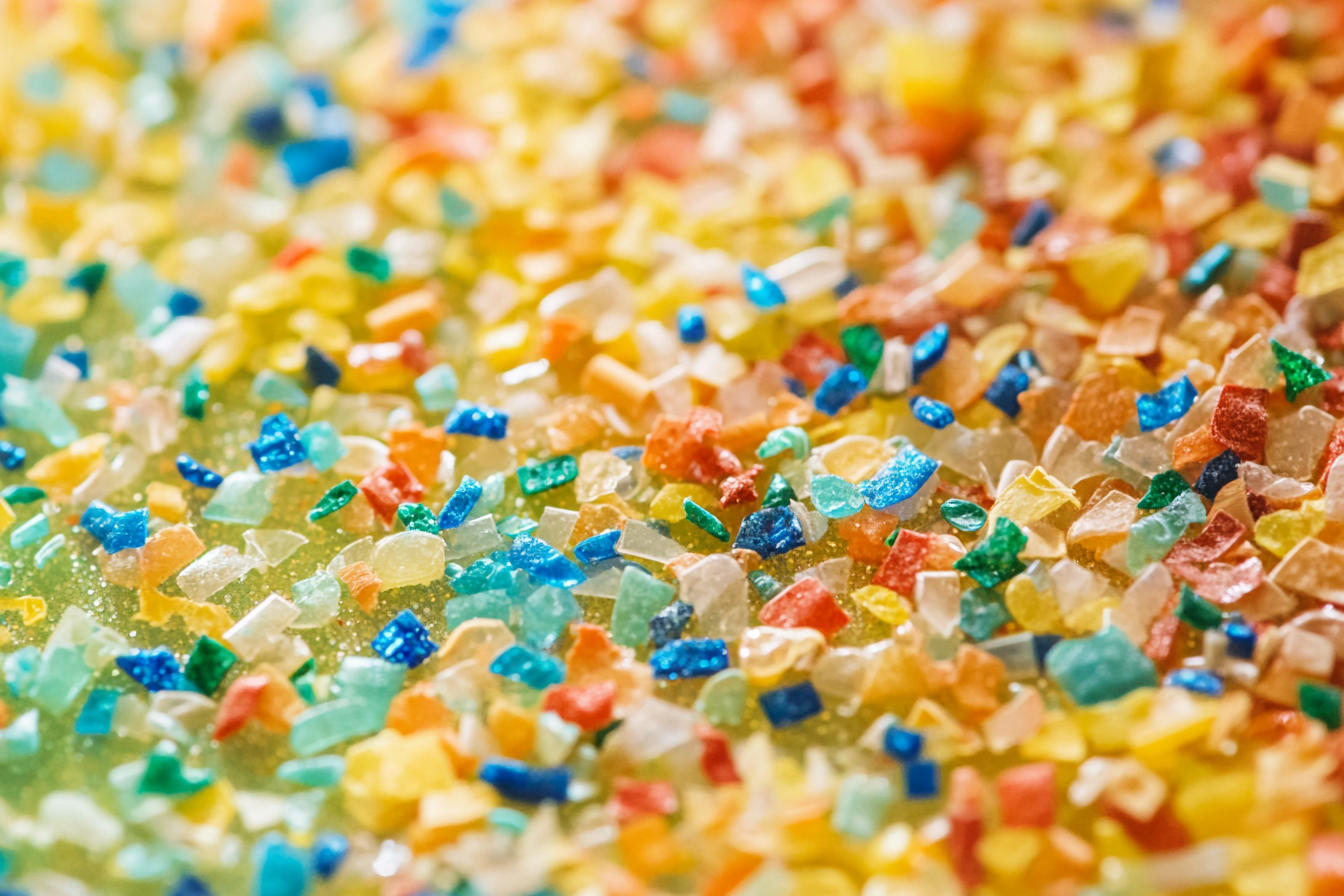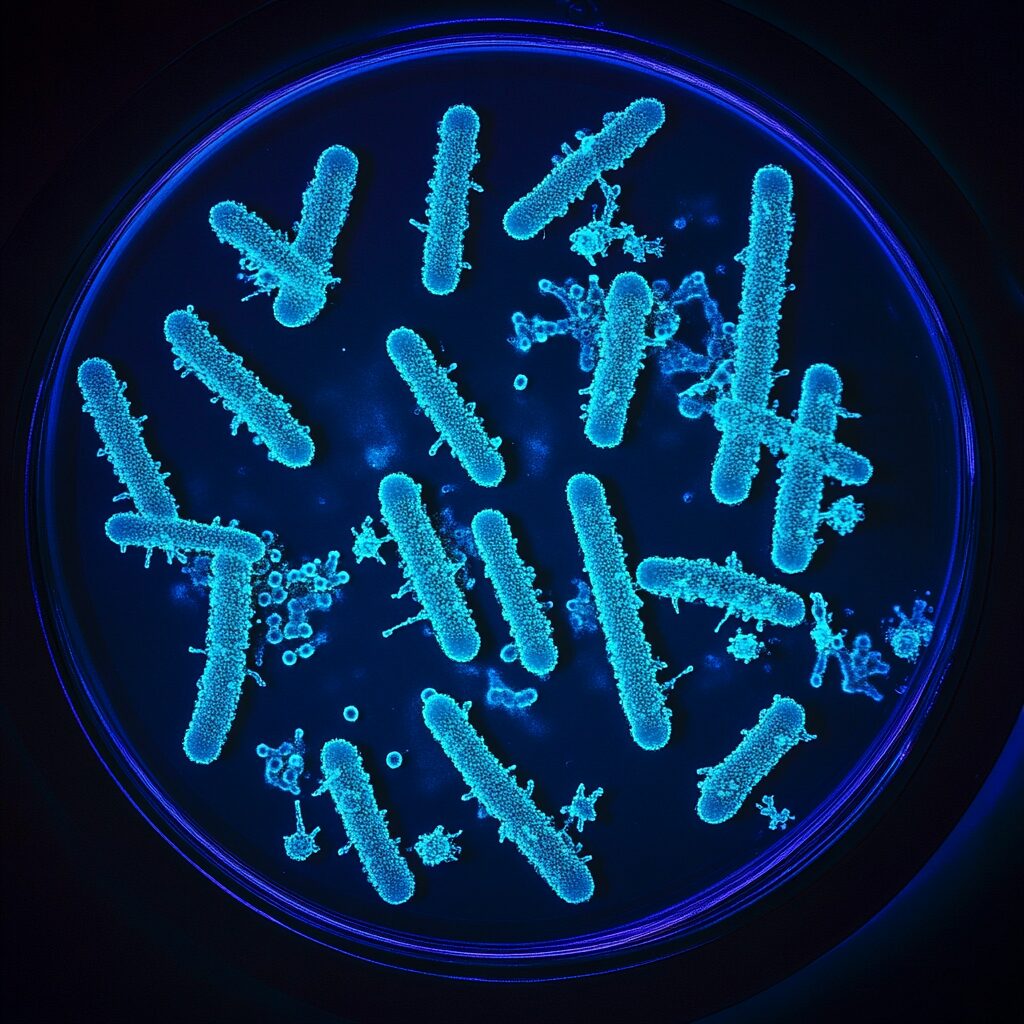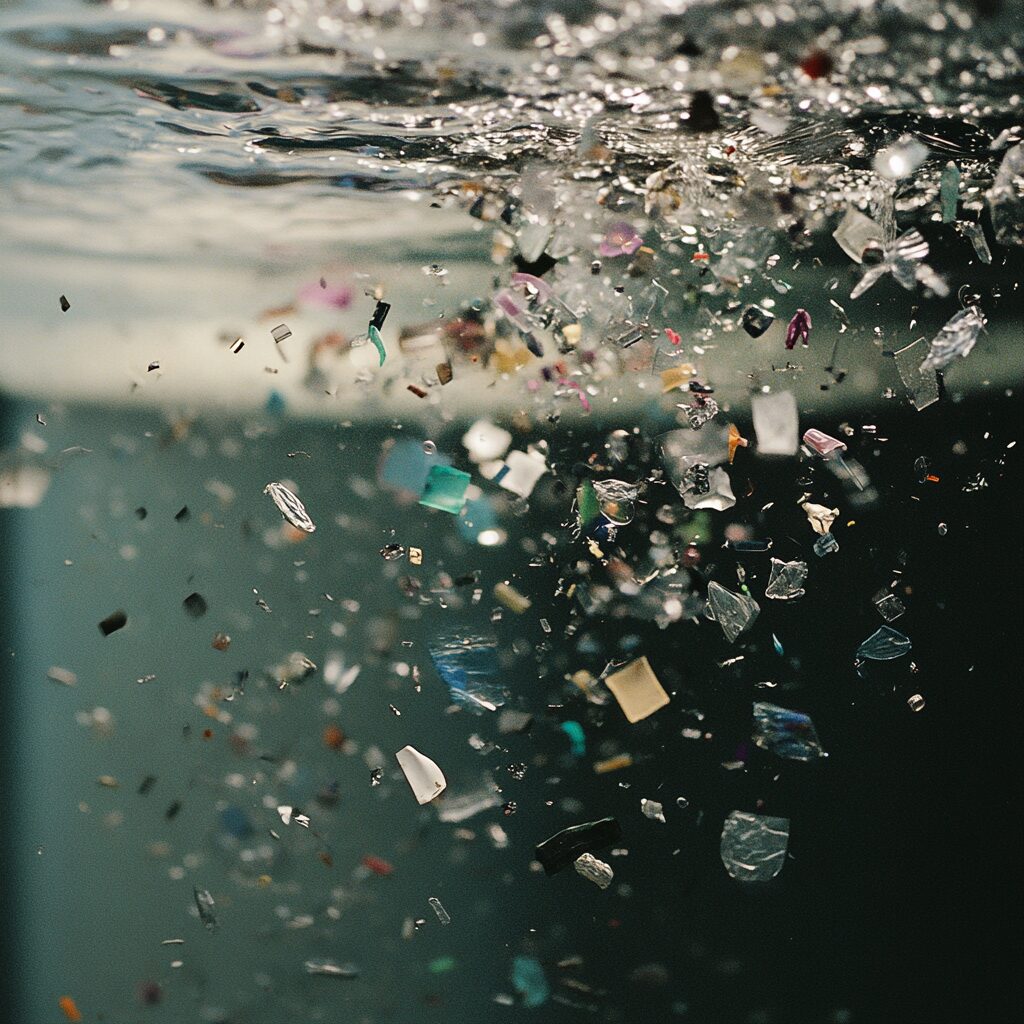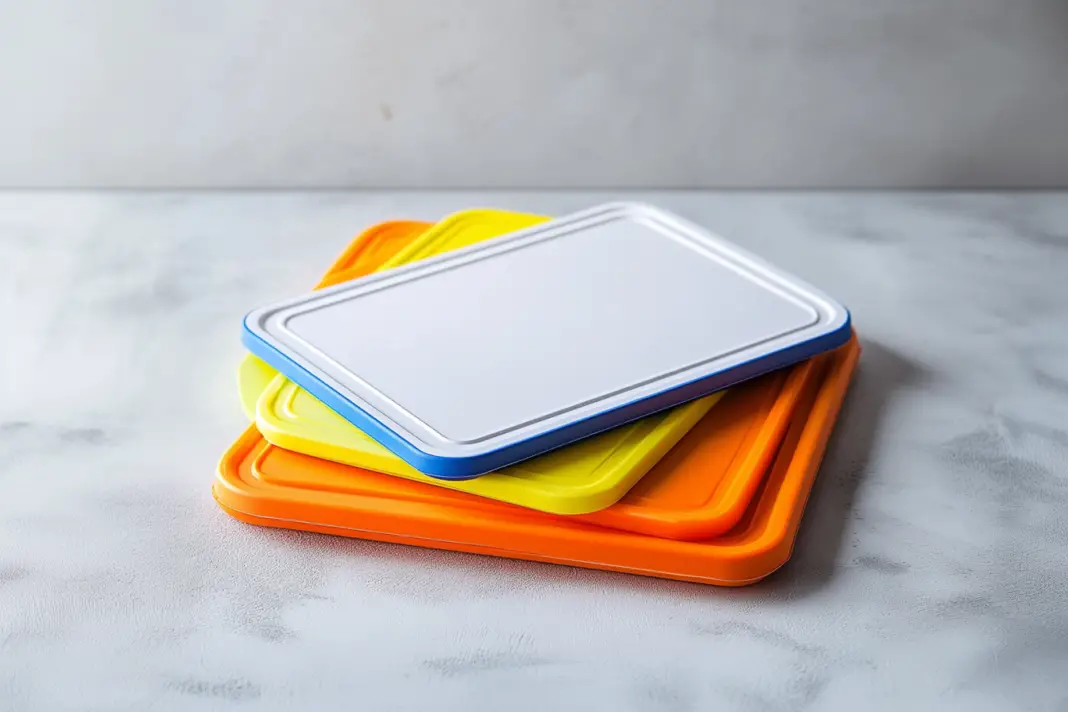The average kitchen contains countless tools we trust implicitly for food preparation. However, recent scientific findings about plastic cutting boards might make you reconsider this common kitchen staple. Research shows these seemingly innocent items could be introducing millions of microscopic plastic particles into your food with every slice and dice. What’s more concerning? These particles could end up in places you’d never expect – from your bloodstream to your vital organs.
Microscopic plastic particles contaminate your food

Recent studies have revealed that polyethylene and polypropylene cutting boards release microplastics – particles smaller than 5 millimeters – during normal use. These particles can cling to your food and accumulate in your body over time.
The numbers are staggering. A single polyethylene cutting board can release between 7 and 50 grams of microplastics annually. Polypropylene boards are even worse, potentially releasing up to 49 grams per year. This translates to millions of individual plastic particles entering your food system.
Those knife marks and scratches you see aren’t just cosmetic damage – they’re evidence of plastic being shaved away and potentially ending up in your next meal.
Hidden health impacts of microplastic exposure
Research indicates that microplastics contain endocrine-disrupting chemicals (EDCs) that can interfere with your hormonal system. These disruptions may contribute to various health issues, including fertility problems and cardiovascular concerns.
Scientists have detected these particles in human blood, lungs, and other vital organs. While immediate effects might not be apparent, the long-term consequences of accumulated microplastic exposure remain a significant concern for researchers.
The risk increases with the age and wear of your cutting board. Each new scratch creates additional opportunities for microplastic release during food preparation.
Bacteria thrive in plastic board scratches


Studies show that plastic cutting boards become increasingly dangerous as they accumulate scratches and grooves. These microscopic crevices create perfect hiding spots for bacteria, making thorough cleaning increasingly difficult.
Unlike wooden boards, which have natural antimicrobial properties, plastic boards provide no inherent protection against bacterial growth. Once bacteria settle into these grooves, even dishwasher cleaning may not fully eliminate the risk.
The problem compounds over time – each new cut creates additional bacterial harbors, potentially increasing your risk of foodborne illness with every use.
Cross contamination risks increase with wear
The conventional wisdom that plastic cutting boards are more sanitary than wooden ones has been challenged by modern research. Food safety experts now recognize that worn plastic boards can be particularly problematic for cross-contamination.
Raw meat juices can become trapped in board scratches, potentially contaminating other foods cut on the same surface later. This risk persists even after washing, as deeper grooves can protect bacteria from cleaning efforts.
The false sense of security that plastic boards provide may actually increase contamination risks, as users might be less vigilant about proper sanitization.
Environmental impact extends beyond your kitchen


The environmental consequences of plastic cutting board use extend far beyond your kitchen. When you wash your cutting board, those microplastics enter the water system, contributing to the growing problem of plastic pollution in our oceans and waterways.
These particles can take hundreds or thousands of years to decompose. They accumulate in the environment, affecting wildlife and eventually making their way back into the human food chain through contaminated fish and seafood.
Consider this: if each household releases just 50 grams of microplastics annually from cutting boards alone, the cumulative environmental impact becomes staggering.
Safer alternatives for food preparation
Wood, particularly hardwoods like maple, offers a naturally antimicrobial alternative to plastic. The fine grain structure of these woods actually pulls bacteria below the surface, where they become trapped and die.
Glass and marble cutting boards provide nonporous alternatives that don’t release microplastics. However, they can dull knives more quickly than other materials.
Bamboo boards combine sustainability with practical benefits, being harder and less porous than traditional hardwoods while remaining gentle on knife edges.
The evidence against plastic cutting boards continues to mount. While they may seem convenient and cost-effective initially, the potential risks to both human health and environmental well-being suggest it’s time to consider alternatives. The choice of cutting board material isn’t just about food preparation anymore – it’s about making informed decisions for our health and the planet’s future.

